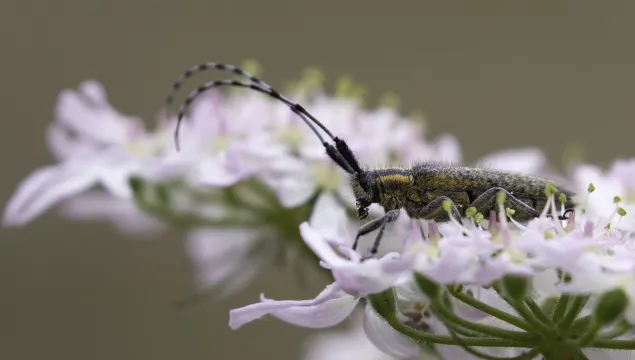
Golden-bloomed grey longhorn beetle
This beautiful beetle is fond of damp meadows and woodland rides, where it's often found on umbellifers or thistles.

This beautiful beetle is fond of damp meadows and woodland rides, where it's often found on umbellifers or thistles.
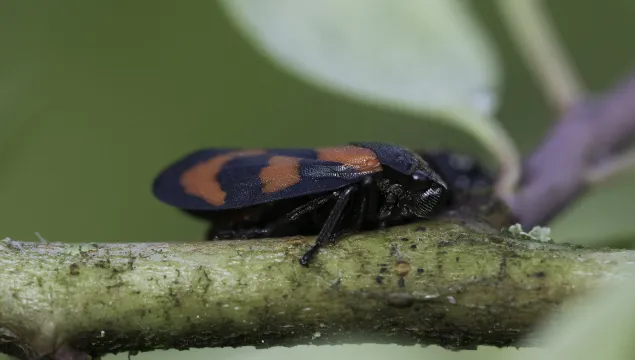
This distinctive bug is often seen basking on low-growing plants in spring and summer.

This bizarre bug can be found on plants in woodland rides and clearings.

As the name suggests, this large shieldbug is often found on gorse bushes.

This distinctive lark is a passage migrant and winter visitor to the UK, most often found along the east coast of Britain.

This common hoverfly can be recognised by the dark markings behind its head, which often resemble the Batman logo.

This furry hoverfly does an impressive job of impersonating a bee.

This common fungus puffs out clouds of spores when it's mature.

This charming little warbler is an increasingly common sight in autumn, when migrants pass through the UK.
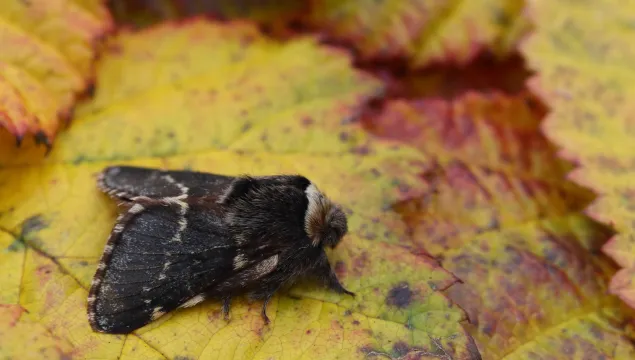
This fluffy moth is one of the few species that fly in winter.
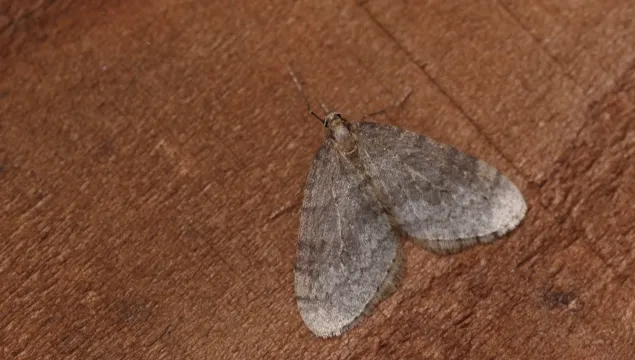
One of the few moths that fly in winter, often seen in car headlights.
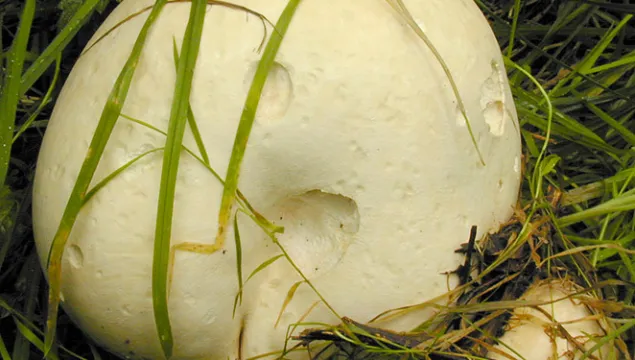
This football-sized fungus can be seen in autumn, sometimes growing on grass verges.